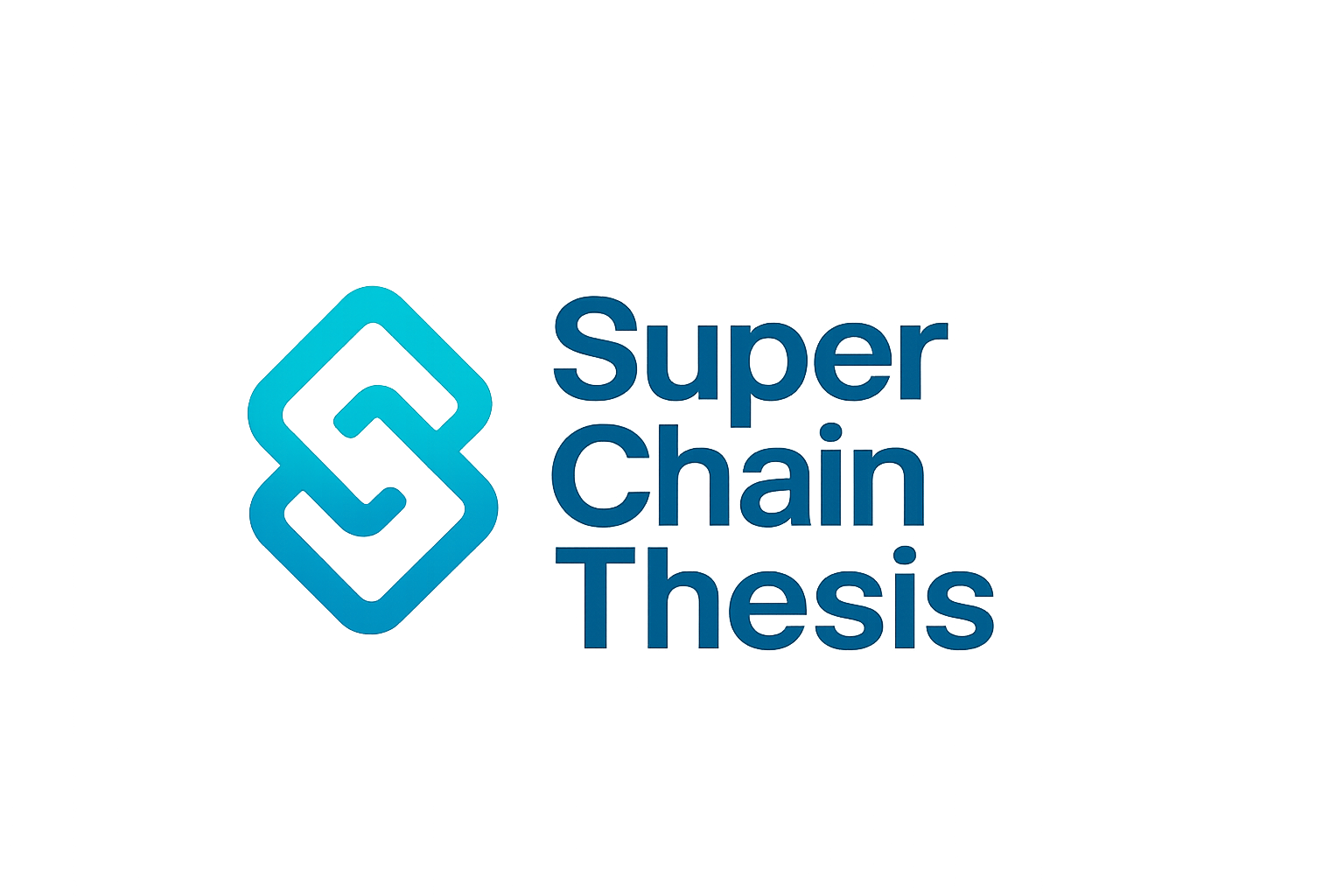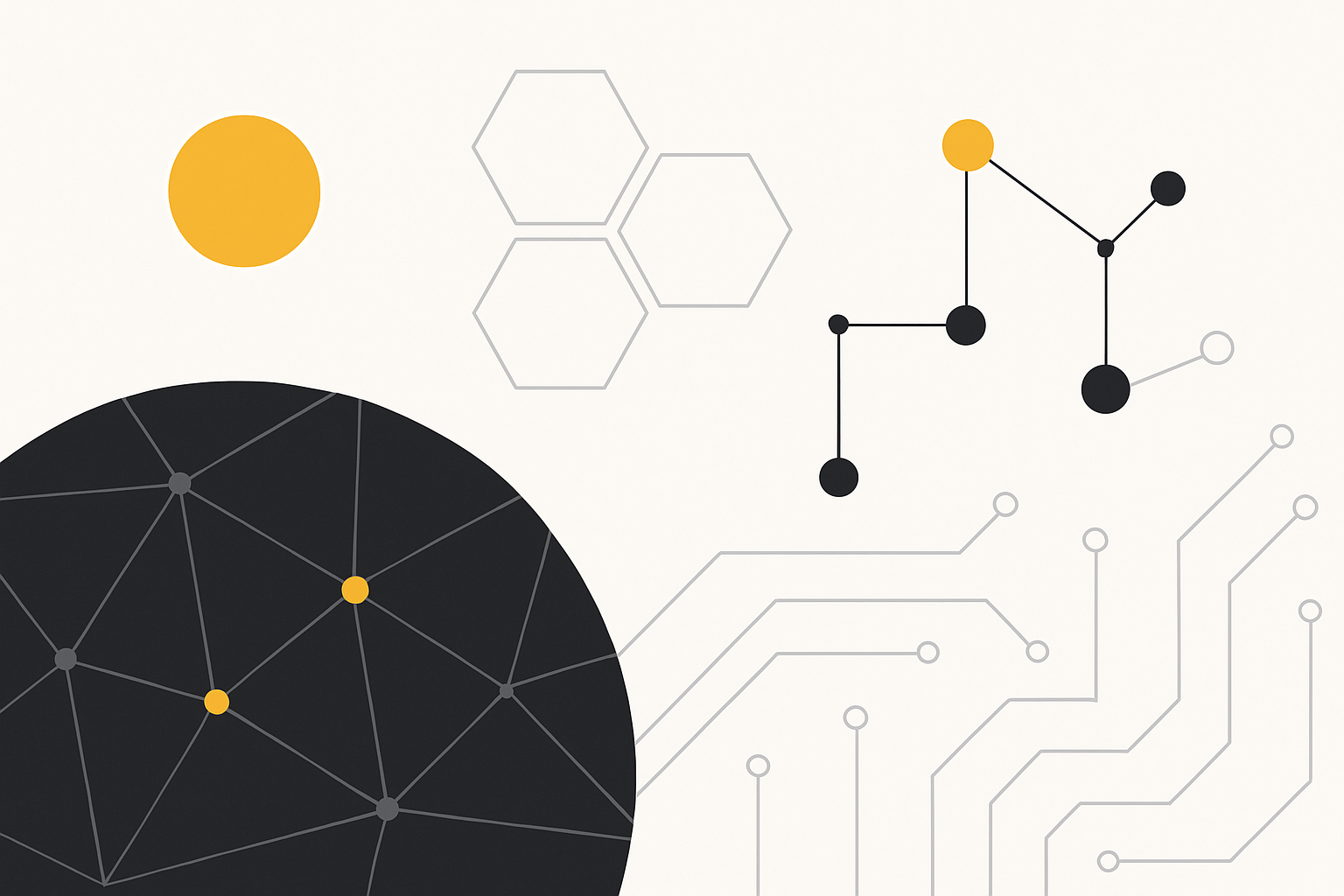
No-code rollup deployment is rapidly reshaping the OP Superchain ecosystem, removing technical barriers that once limited the launch of custom Layer 2 (L2) chains. Today, platforms like Asphere’s No-Code Blockchain Deployer are turning what was once a months-long engineering challenge into a streamlined, visual process that can be completed in minutes. This democratization of rollup deployment is not just a technical shift – it is fundamentally changing who can build on the OP Stack and how quickly the Superchain can scale.
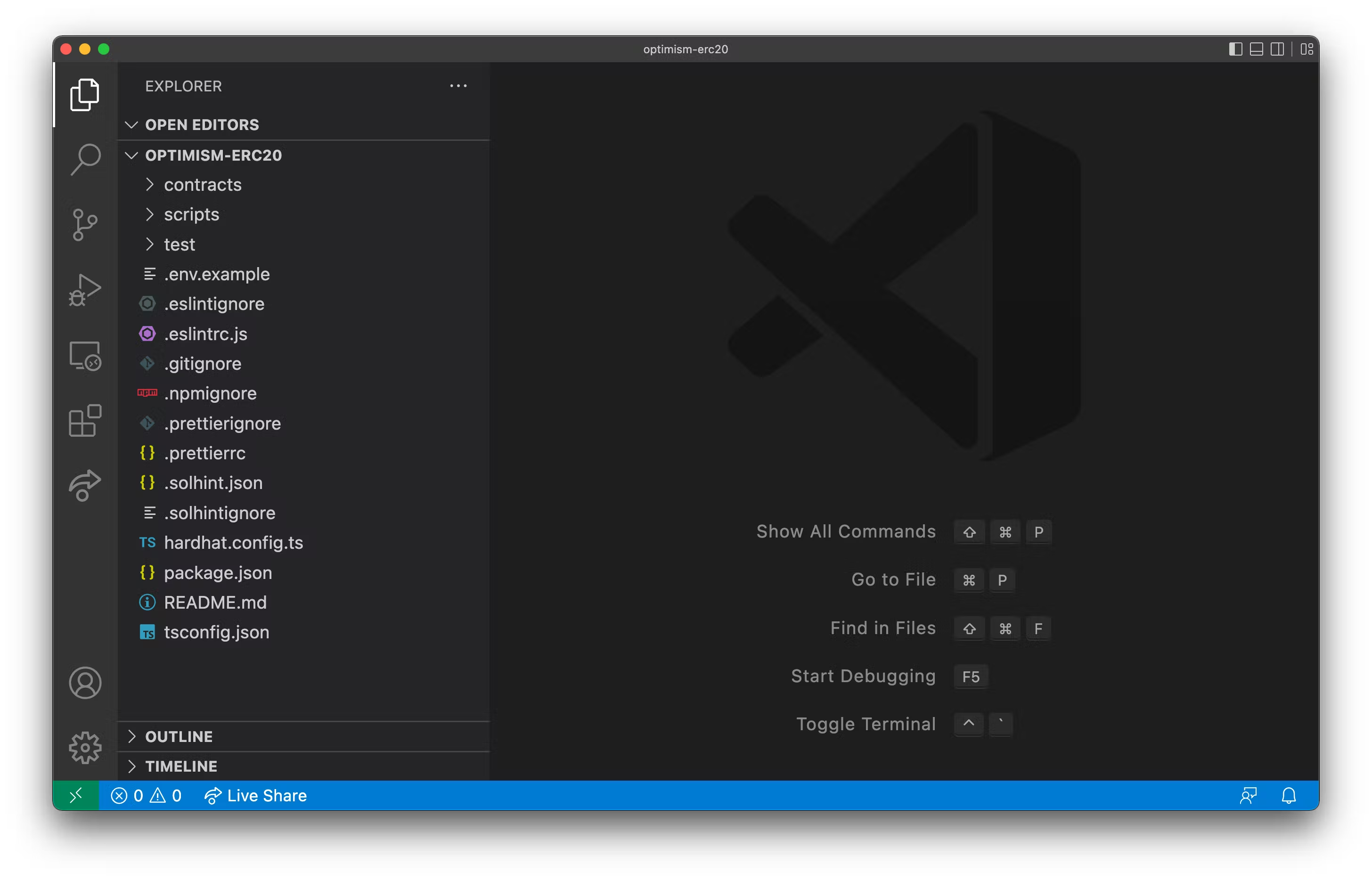
No-Code Rollup Deployment: Breaking Down Technical Barriers
Historically, deploying an OP Stack rollup required a deep understanding of blockchain infrastructure, node operations, and smart contract security. Teams needed to manage complex DevOps pipelines, custom codebases, and ongoing maintenance. The arrival of no-code Rollup-as-a-Service (RaaS) platforms like Asphere and Ankr fundamentally changes this equation.
These platforms provide a guided workflow where users can configure key parameters – such as data availability layers, gas tokenomics, and sequencer selection – through intuitive web interfaces. The heavy lifting of infrastructure orchestration and Optimism RPC integration is abstracted away. As a result, even small teams or solo developers can launch production-grade OP Stack rollups without needing to write or audit a single line of backend code.
For a detailed look at how these platforms enable rapid appchain launches, see this analysis on AbstractWatch.
Accelerating Superchain Scalability and Interoperability
The OP Superchain vision is predicated on a future where hundreds or thousands of interoperable rollups operate seamlessly atop Ethereum. No-code deployment tools are the catalyst for this vision. By drastically reducing the time and expertise required to launch new chains, these platforms are accelerating the expansion and interconnectedness of the Superchain.
Current no-code deployers leverage the modularity of the OP Stack, which supports plug-and-play components for execution, settlement, and data availability. This modularity means chains can be tailored for specific use cases (DeFi, gaming, enterprise) while still enjoying full Ethereum compatibility. Builders can select from pre-tested configurations or customize advanced settings without risking protocol-level errors.
These advances are not just theoretical. According to Ankr’s latest figures, Optimism-based infrastructure now supports over 3 billion RPC requests per month – a testament to both network demand and backend reliability.
From Prototype to Mainnet: The New Developer Journey
No-code rollup deployment is transforming blockchain development workflows. Instead of allocating months to infrastructure research and testnet experiments, developers can now iterate rapidly from prototype to mainnet. The process typically involves:
- Defining chain parameters (block time, tokenomics)
- Selecting data availability (Ethereum mainnet or alternative DA layers)
- Configuring sequencer options for performance or decentralization
- Launching with a single click via an audited RaaS platform
This shift means more teams can experiment with new economic models or application-specific logic without being bottlenecked by infrastructure concerns. It also fosters greater composability within the Superchain – as more interoperable rollups come online, cross-chain protocols and shared sequencers become increasingly viable.
For developers seeking a comprehensive overview of how OP Stack rollup tools are powering this multi-rollup future, see this deep dive on AbstractWatch.
As more projects adopt no-code rollup deployment, the OP Superchain ecosystem is witnessing a surge in diversity and innovation. The ability to launch modular, application-specific rollups without deep protocol expertise is empowering a new wave of builders, from Web3 startups to enterprise teams, who previously faced daunting entry barriers. Every new rollup launched via platforms like Asphere or Ankr’s RaaS strengthens the Superchain’s network effect, amplifying both liquidity and user reach across the ecosystem.
Key Benefits of No-Code Rollup Deployment for OP Superchain Builders
-
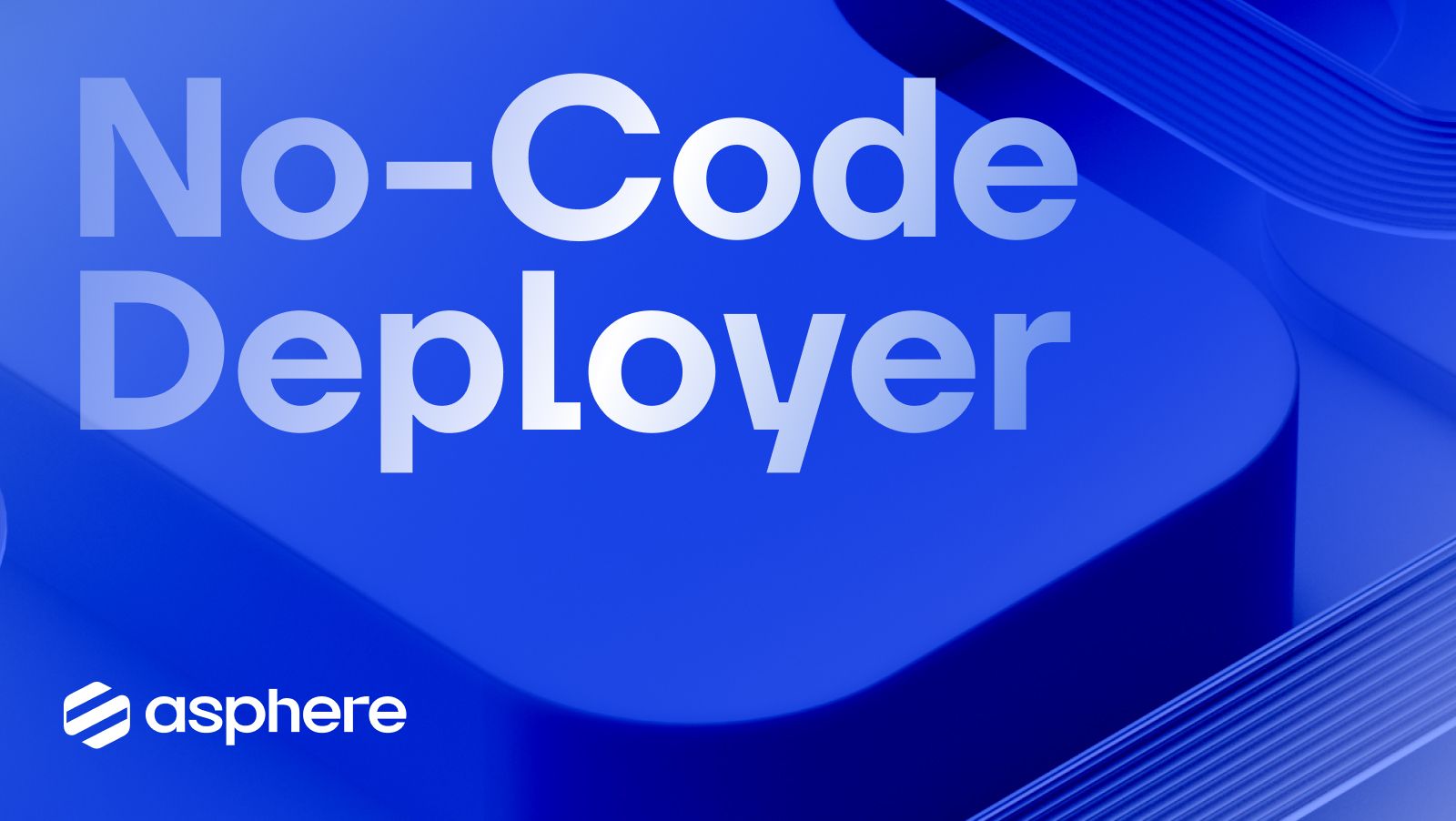
Rapid Deployment of OP Stack Rollups: Platforms like Asphere’s No-Code Blockchain Deployer enable developers to launch fully functional OP Stack rollups in minutes, significantly reducing time-to-market for new chains.
-
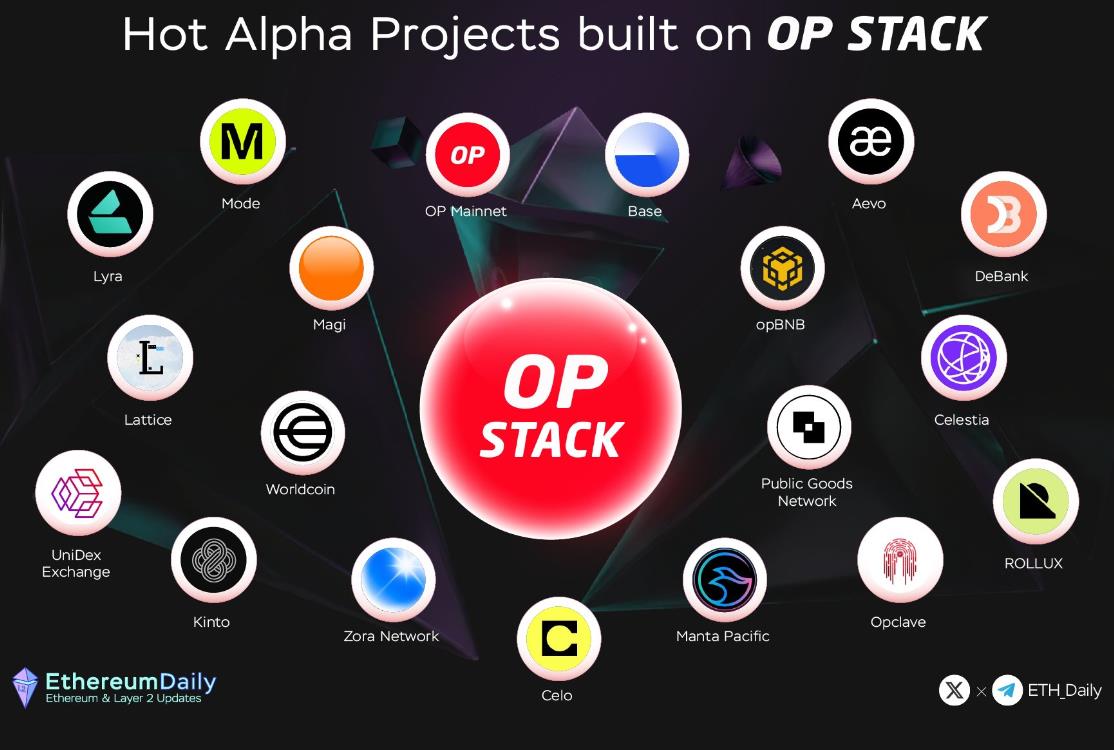
Seamless Ethereum Compatibility: The OP Stack ensures full compatibility with Ethereum smart contracts and tooling, allowing builders to deploy applications without modifying existing codebases.
-
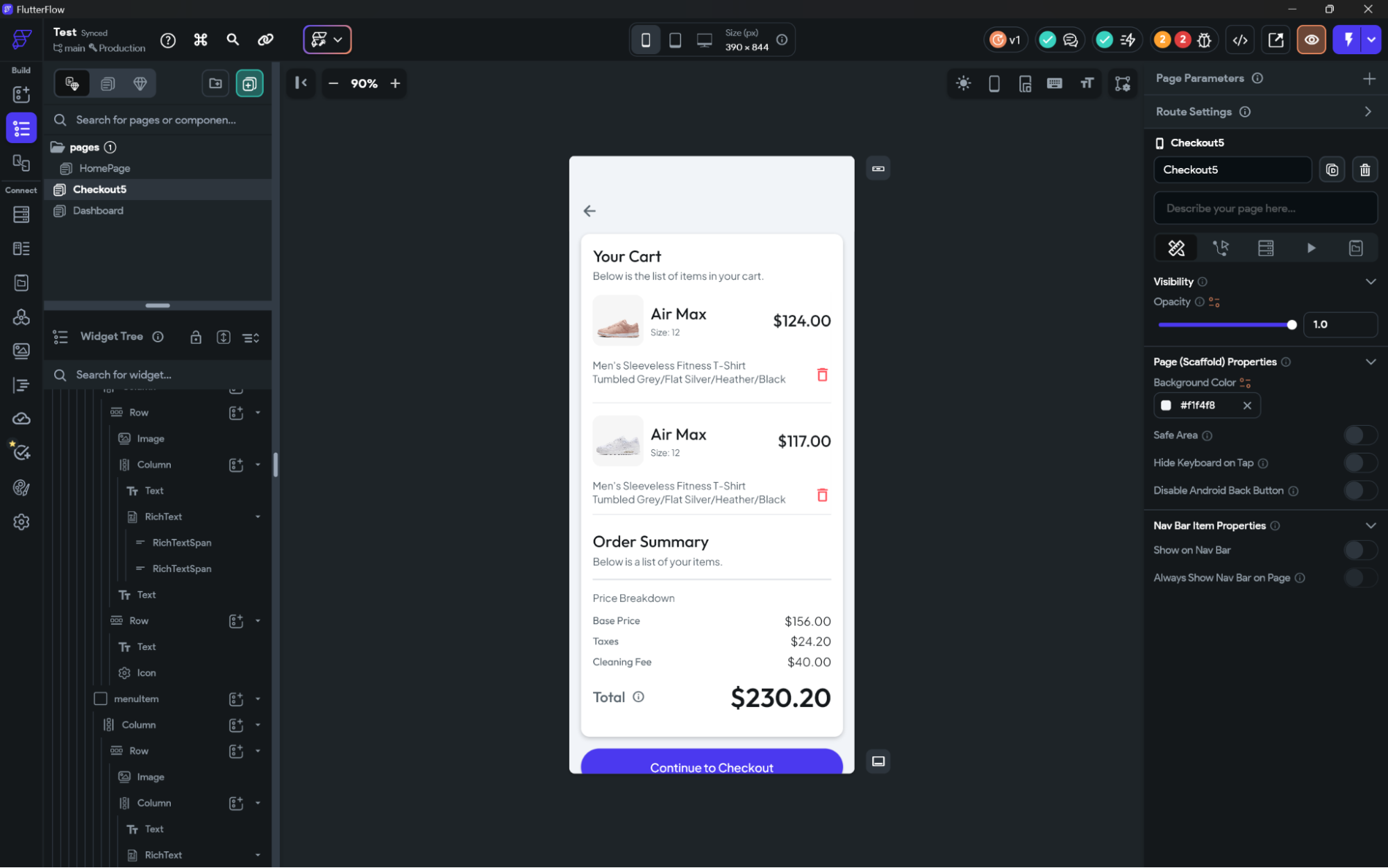
Lower Development Barriers: No-code solutions eliminate the need for extensive coding expertise, democratizing access to rollup deployment and enabling a broader range of teams to participate in the OP Superchain ecosystem.
-

Customizable Modular Architecture: Builders can tailor their rollup’s features—such as data availability and tokenomics—through visual, guided workflows, supporting diverse use cases within the Superchain.
-
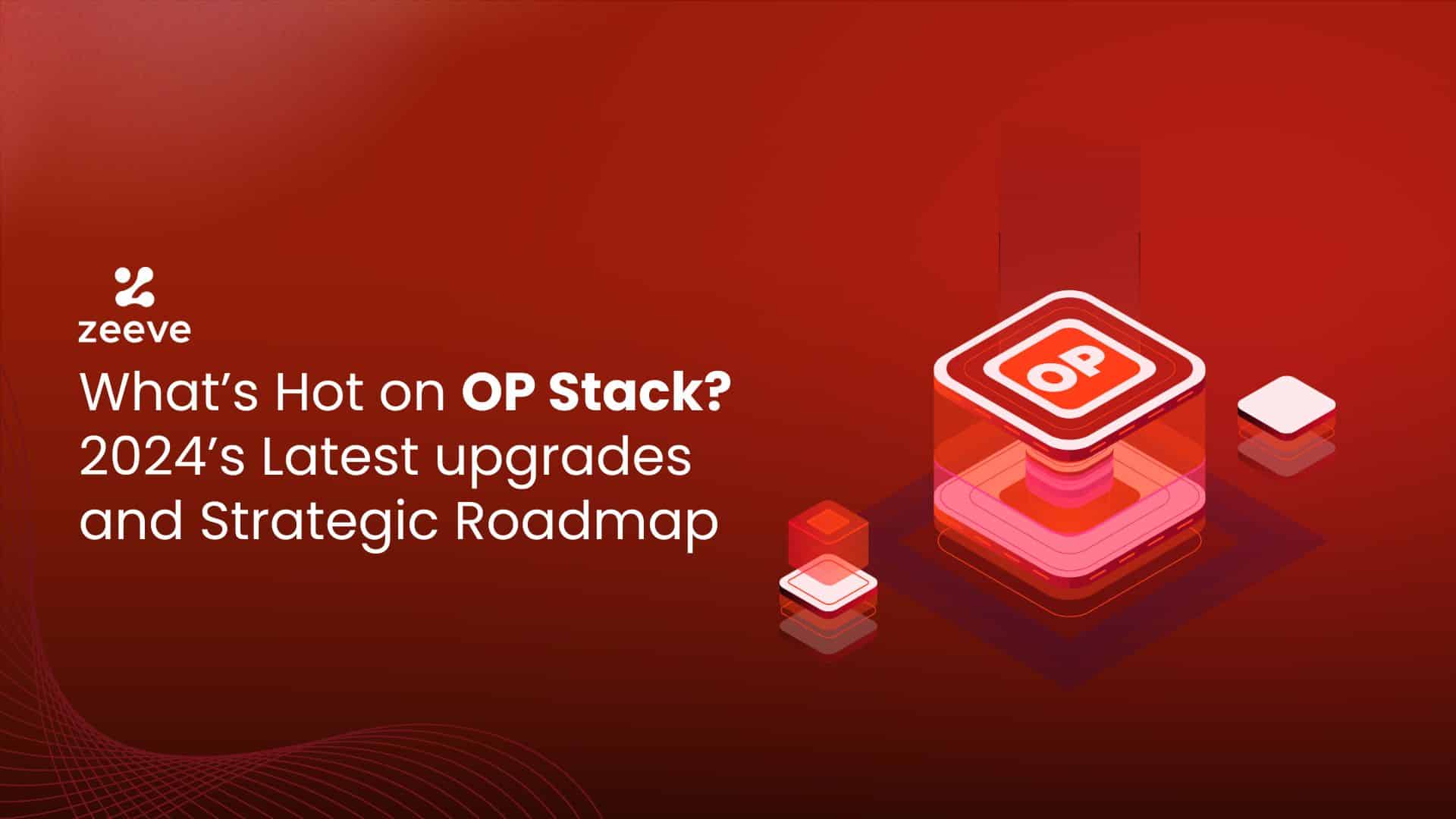
Enhanced Scalability and Cost Efficiency: No-code rollup deployment leverages the OP Stack’s improvements in throughput and transaction costs, enabling scalable solutions that remain economically viable for users and developers.
-

Accelerated Superchain Expansion: By simplifying the deployment process, no-code tools like Asphere’s Deployer are driving rapid growth and greater interoperability across the OP Superchain ecosystem.
One of the most significant impacts is the acceleration of cross-rollup interoperability. With the OP Stack’s modular design and the proliferation of no-code tools, rollups can be spun up with built-in compatibility for shared sequencers and bridging protocols. This means assets and messages can move seamlessly between chains, unlocking new composability primitives for DeFi, gaming, and identity.
Recent collaborations, such as Asphere’s work with the Web3 Foundation and integrations with Agglayer, demonstrate how no-code deployment is aligning with broader industry trends, including the rise of zero-knowledge proofs and alternative data availability layers. These integrations are not only boosting performance but also future-proofing new rollups for evolving security and scalability requirements.
Risks, Trade-Offs, and the Path Forward
While the benefits are clear, it is essential to recognize the trade-offs. Abstracting away infrastructure complexity can sometimes obscure critical security assumptions or operational risks. Builders must remain vigilant about auditing custom configurations and understanding the implications of their choices, especially regarding sequencer centralization or data availability dependencies.
Nevertheless, the overall risk profile is improving as leading no-code RaaS platforms undergo rigorous audits and continuously harden their infrastructure. The broad adoption of open-source OP Stack components further mitigates protocol risk by enabling transparent review and rapid iteration. For a nuanced look at how these advances are transforming blockchain scalability, see this breakdown on AbstractWatch.
What Comes Next for No-Code Rollup Deployment?
The trajectory is clear: as no-code deployment matures, we can expect even greater customization options, deeper integrations with cross-chain messaging protocols, and more robust monitoring and analytics for live rollups. The Superchain’s vision of a seamlessly interconnected multi-rollup ecosystem is rapidly materializing, with no-code tools acting as a primary accelerant.
For developers and teams eyeing new opportunities in blockchain, now is an optimal time to explore OP Stack rollup tools and RaaS platforms. The barriers to entry have never been lower, and the potential for innovation, whether in DeFi, gaming, or enterprise applications, has never been higher.
The competitive edge will belong to those who understand not only how to deploy but also how to leverage interoperability, composability, and modularity within the Superchain. The next generation of blockchain applications will be built by those who let data and rapid iteration guide their path, no code required.
